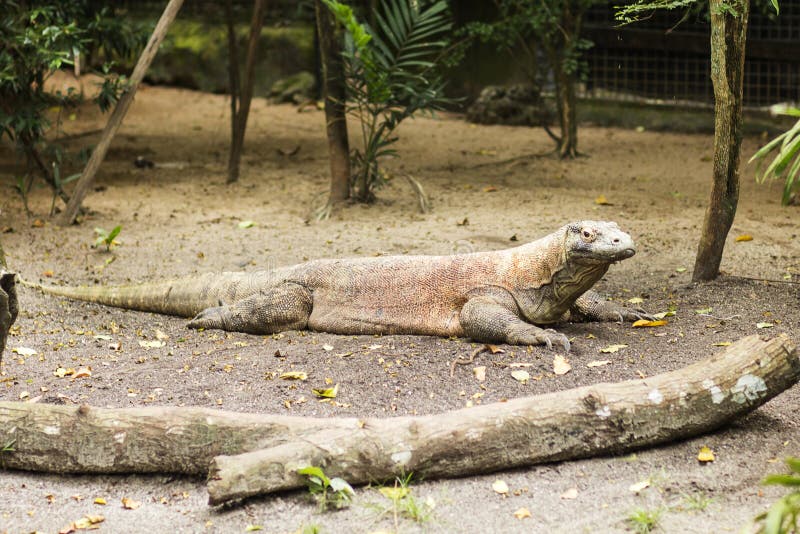

Montgomery, Joel M., Don Gillespie, Putra Sastrawan, Terry M. " Ten Fierce Facts About Komodo Dragons." World Wildlife Fund. " Parthenogenesis in Komodo dragons." Nature.

Buley, Stephanie Sanderson, Wayne Boardman, Claudio Ciofi, and Richard Gibson. On Flores, the fifth and largest island, three nature reserves, Wae Wuul, Wolo Tado and Riung, harbour extant Komodo dragon populations on the. The islands of Komodo, Rinca, Nusa Kode and Gili Motang are part of Komodo National Park. " Komodo Dragon." Smithsonian’s National Zoo & Conservation Biology Institute. The Komodo dragon, Varanus komodoensis, is the largest lizard endemic to five islands in southeast Indonesia. " Genome of the Komodo dragon reveals adaptations in the cardiovascular and chemosensory systems of monitor lizards." Nature Ecology & Evolution. Monitor lizards are attacked by large cats, snakes, and. Monitor lizards weigh up to 360 pounds while komodo dragons weigh up to 200 pounds. Monitor lizards grow up to between 7.9 inches to 10 feet while Komodo dragons grow up to between 8 to 9 feet for males and 6 feet for females. " A central role for venom in predation by Varanus komodoensis (Komodo Dragon) and the extinct giant Varanus (Megalania) priscus." Proceedings of the National Academy of Sciences of the United States of America. Main Differences between Monitor lizard and Komodo Dragon. " Dragon's Paradise Lost: Palaeobiogeography, Evolution and Extinction of the Largest-Ever Terrestrial Lizards (Varanidae)." PLOS One. Purwandana. " Varanus komodoensis." The IUCN Red List of Threatened Species. 2021: e.T22884A123633058. Accessed on 11 April 2022.


 0 kommentar(er)
0 kommentar(er)
